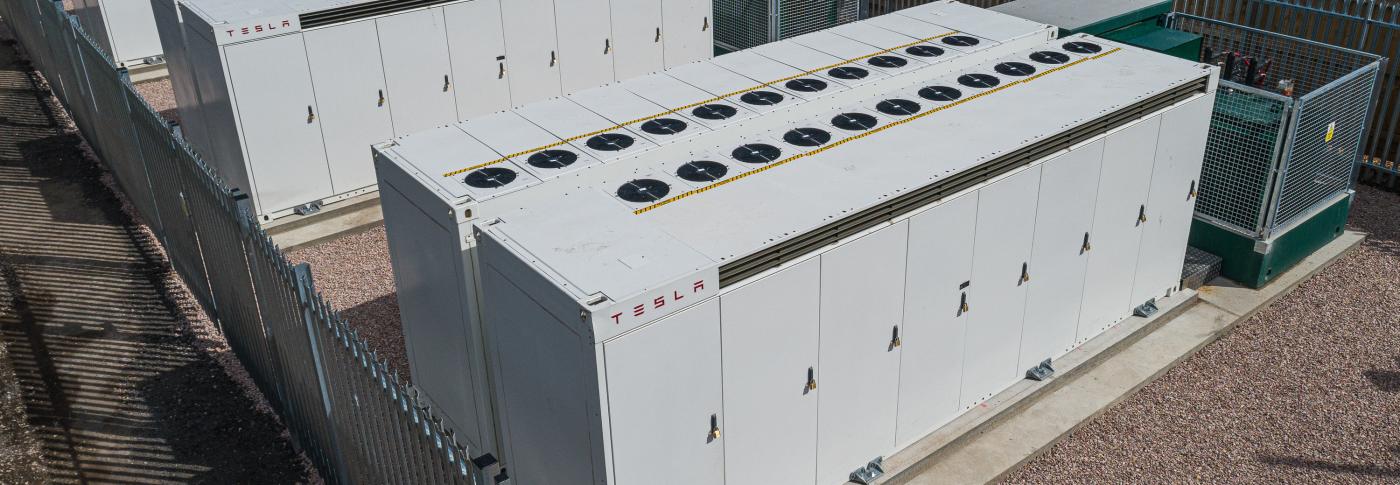Generators (those who create power) connect onto the network in two ways – either as transmission connected generation or embedded generation.
It can help to think of it like a road network. The transmission network is like a motorway network which moves high voltage electricity around Great Britain, while the distribution network is like the smaller B roads, piping electricity locally into towns and cities.
Embedded generation (also known as distributed generation or distributed energy resources) refers to electricity generation or storage plants connected to a distribution network rather than the transmission network.
These plants are ‘embedded’ into the distribution network, generating and feeding electricity into it at a local level (the B roads).
The ESO does not have real time visibility of most of this embedded generation, which accounts for 29% of generation capacity on the electricity network.
Assumptions on embedded generation affect our demand forecasting and also how we manage frequency.
Embedded generation also adds to the overall system inertia <link to explainer> which is an important tool for maintaining the system frequency within the statutory limits.
There are several different types of embedded generation, including combined heat and power (CHP) plants, onshore wind, solar farms, and storage devices such as lithium ion batteries.
Small plants that come on to meet peak demand, for example diesel generators and gas reciprocating engines, are also a type of embedded generation.

